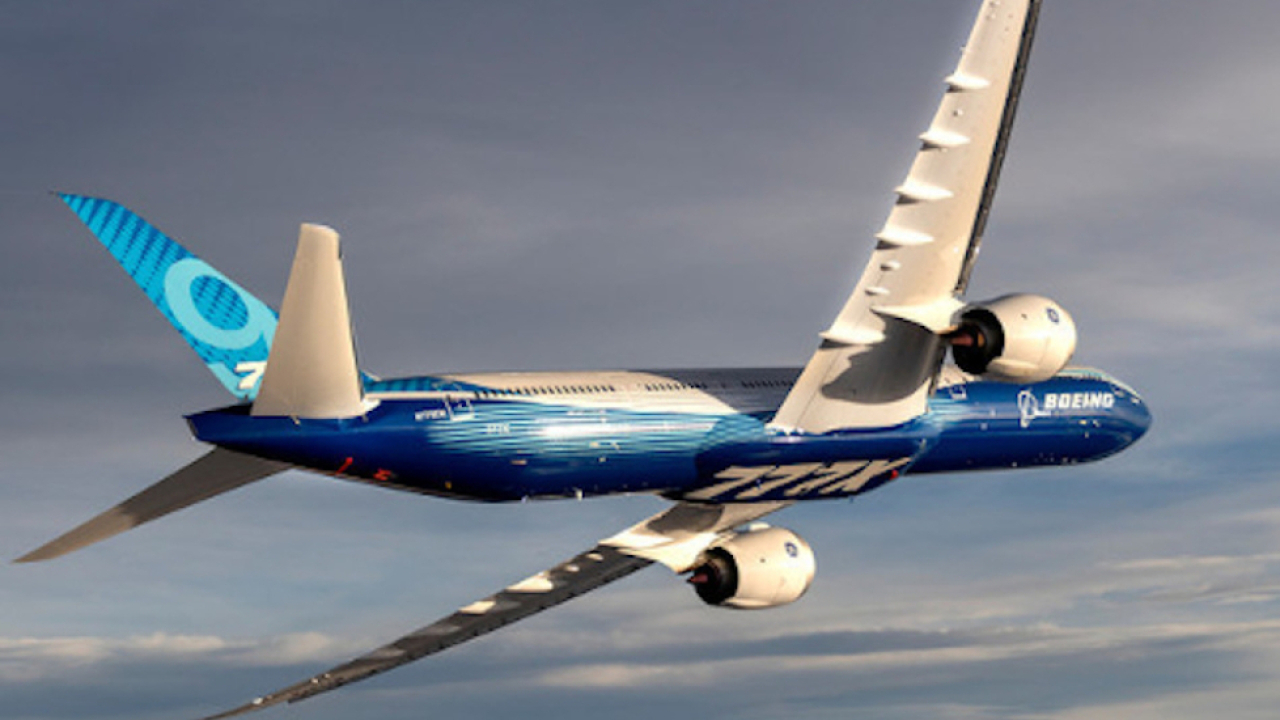OAG calls for mergers to aid Middle East carrier growth

The company released the results of its OAG India and the Middle East Aviation Market Analysis in Singapore today.
The Analysis reveals a striking contrast of opportunities and challenges in two of the world's fastest-growing travel markets.
With consistently growing demand for air travel, a surge in aircraft orders, steadily increasing inbound tourism, spectacular airport development plans and the enthusiasm of investors for the sector, the Indian and Middle Eastern commercial aviation sectors are expected to achieve overall annual growth of 9% and 10% respectively for several years to come, and together will account for 11% of the world's total aircraft deliveries over the next decade. However, the report said, both markets face immense challenges in meeting the expected future growth in passengers and aircraft operations, which require massive expansion of infrastructure and high-performing aviation systems.
It claimed that in the Middle East , airlines, airports, and air traffic control will need to successfully serve more than four times the 120 million passengers served this year – while suggesting that even the existing aviation systems do not fulfill current demand. In many Middle East countries, aviation systems' quality and efficiency levels are well below international markets such as Europe and Asia, it said . Heavy regulation also has resulted in limited service in terms of route frequency and destinations, as well as high consumer prices.
"In the Middle East , markets such as Dubai have set the stage for reforming their aviation systems, and the region has demonstrated its ability to develop world-class aviation players, such as Qatar Airways and Etihad. However, the region's slow rate of liberalisation and the uncoordinated regional competition for passengers are barriers to continued reforms," said Mario Hardy , Vice President - Asia Pacific , UBM Aviation – the owners of OAG..
In India , the government's open-sky policy has attracted many foreign aviation leaders to enter the market, spurring rapid industry expansion boosted by the growing population and an the increased demand for international travel and trade, as well as an increasing VFR (Visiting Friends and Relatives) market. However, the report said, airlines must contend with insufficient infrastructure and challenging political bureaucracy. It estimated that in the next decade the Indian market will absorb approximately 316 commercial jets and need three times the number of airports that it has today, whilst at the same time the country doesn't have enough skilled labour to maintain or to fly the aircraft, OAG reported. Additionally, intense foreign competition prevents domestic carriers from international expansion, deeply affecting balance sheets.
"India is amongst the world's most promising aviation market, and the region has already taken steps to address some issues through the recent privatization of airports. Skilled aviation personnel in developed nations with stuttering economies may want to look east for opportunities, but the region is not without risk -- there is significant progress yet to be made in airport modernisation, aircraft maintenance, pilot training and air cargo services. It remains to be seen whether the Indian aviation industry can handle the region's relentless growth, with its Middle Eastern, oil-rich neighbors all too keen to take on more capacity with new fleets of super-jumbos based in the Gulf and hundreds more on order," said Hardy.
The OAG market analysis of India and the Middle East concluded that in order to cut costs, boost efficiencies and spur competition, mergers of the more than 30 competing airlines in the Middle East and India will be necessary. However, mergers of the Middle East carriers are unlikely in the short term because most are government-owned, it said, and therefore more likely to form alliances due to the geographical proximity of many of the carriers including Saudi Arabia Airlines, Qatar Airways, Gulf Air, Fly Dubai, Emirates Airlines and Etihad Airways, all being within 500 miles of each other. “These alliances can offer carriers opportunities normally afforded by a merger, such as access to new routes and efficiency savings,” it said.
Stay up to date
Subscribe to the free Times Aerospace newsletter and receive the latest content every week. We'll never share your email address.

